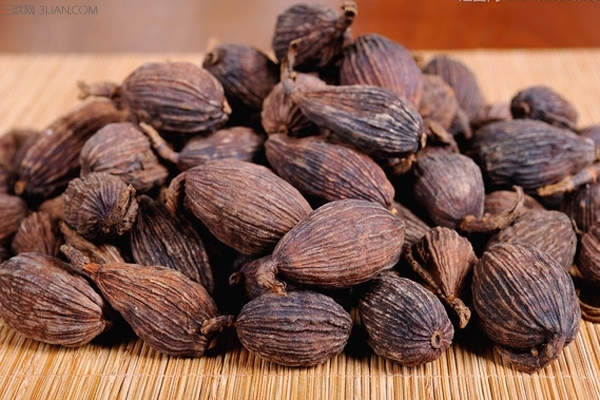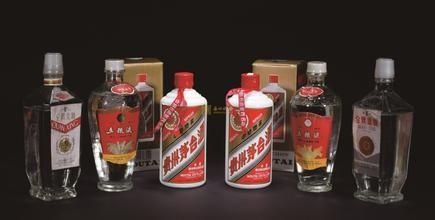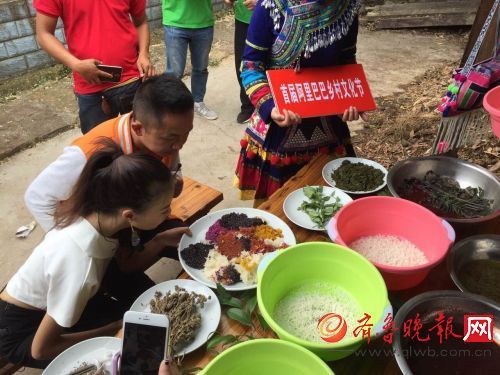[photo] detailed explanation of spices with spices (2)
High-quality string incense to achieve complete color, smell, how to make such a string of incense? The spices used are very important, and more than a dozen spices will be used in the string of spices. This paper will make a detailed description of the spices used in the string of incense.

1. Grass and fruit
The fruit of a grass fruit of the family Zingiberaceae that tastes strange and unpleasant. It has warm medicinal properties and pungent taste, and has the effects of dryness and dampness in invigorating the spleen, dispelling phlegm and warming the phlegm to fight malaria. It can be broken or used whole in cooking, and it can be used as spice with beef or stewed beef. Its flavor is especially good. Grass and fruit should not be used too much in string incense and brine, and it is more appropriate to put 3-5.
Fennel
Also known as fennel, coriander, Huaixiang, wild fennel. It is cultivated in most parts of the country and is familiar to people. Its fresh stems and leaves are commonly used in cooking to make fennel beans, fennel dumplings and so on. Its ripe fruit is like a small rice grain or cumin, with a special fragrance. As a spice, it is widely used in braised sauce, brine, spicy hot pot and string of incense. In the string of incense, you can appropriately increase the dosage, such as 10 to 20 grams or more. In the medicinal aspect, its nature is pungent and warm, and it has the effect of relieving pain, invigorating the stomach and dispelling cold.
Three and star anise
Should be called star anise, also known as fennel, big material, August pearl, this is a more familiar flavor of spice. Its characteristic is that it smells fragrant and tastes slightly sweet. Its nature is pungent and warm, and it has the function of appetizing, dispelling cold and treating hernia. In cooking, no matter it is hot pot, braised, string of incense can be used. Because its fragrance is liked and annoyed by some people, it is more flexible in use, and it is appropriate to take 5g to 10g.
4. Cloves
Also known as male cloves, seed cloves, for lilac buds, commonly used in cooking is dry, strong fragrance, taste tingling, numb tongue, its warm taste, warm stomach, stop hiccups, drive the wind, analgesic effect. The dosage in cooking should be less than 1 to 2 grams and should not be used more than once.
5. Baikou
Also known as white cardamom, cardamom, on the market or drugstore is written as a hundred kowtow, knock benevolence. The taste has astringent taste, because of its pungent and warm taste, it has the function of regulating qi, warming the stomach, dissolving dampness and stopping vomiting, and relieving alcoholism. Add 3 to 5 grams to the string of incense. Because of its good fragrance, it uses less.
Angelica dahurica
The root of Angelica dahurica contains Byak-angelicin, Byak-angelicol, Oxypencedanin, Phellopterin and an organic acid like angelic acid (Angelic acid). In addition, it also contains Angelica dahurica toxin (Angelicotoxin). It has the functions of dispersing wind, dispelling cold, dryness and dampness and relieving pain. Angelica dahurica
This article is organized and published by casserole string incense joining network, reprint please keep: http://www.lmccx.com/show-25-332-1.html
- Prev

With the rise in Maotai wholesale prices, are liquor prices from all walks of life following the trend or being forced?
With the rise in Maotai wholesale prices, are liquor prices from all walks of life following the trend or being forced?
- Next

Rural Taobao Rural Culture Festival: live broadcast in four provinces on the same day
Rural Taobao Rural Culture Festival: live broadcast in four provinces on the same day
Related
- A course of planting techniques and methods on how to grow carrots
- How to plant the latest tulips?
- Is it better to pick tea in the morning or in the afternoon? When is the best time for tea to be picked? what is the third or fifth tea?
- Launch Yuanxiao Happy combination Haocha + Tea Yuan healthy Taste
- Penghu Tourism "Fireworks 20 Parade with You"
- 2022 West Lake Happiness holds "Digital Revitalization Voucher" and draws iphone13 and laptop.
- Banqiao Fuzhou social houses are designed to change start-up combined with police elimination to create a safe and livable environment
- The convenient measure of "mechanical weeding" in Xinbei has been abused and the Agriculture Bureau has imposed heavy penalties on the illegal land consolidation.
- Changgeng University Joins Hands with Four Memory Factories to Rescue Memory Talent Shortage
- The list of Taiwan's top 100 MVP managers is listed by the Director-General of the Farmers' Association of Sanxia District.

